The Bridge Standing Orders are a set of rules that anyone on the bridge team must follow. It consists of guidelines aiding the Officer of the Watch in his decision-making during navigation.
Navigation looks pretty easy on the surface. However, going into the details is quite complicated, especially in extraordinary conditions.
You have to open lots of books and manuals to verify things you’re in doubt of.
The bridge standing orders gather important information necessary for the safe navigation of the ship. It’s a summary of suggestions printed on a poster inside the bridge.
Furthermore, it encourages the right conduct the Officers should follow.
Difference between Bridge Standing Orders, Master’s Standing Orders, and Master’s Night Order Book
These three have one purpose. They aim for safe operation on board whether at sea or in port. However, they vary on the specifics.
Let’s briefly discuss them below.
Master’s Standing Orders
A Master’s Standing Orders are a set of guidelines that apply to all aspects of ship operation. These are general instructions for all crew in the shipboard organization especially the officers to follow.
These guidelines cover navigation, anchoring, piloting, ballasting, and cargo operations. Sometimes, the Chief Mate has his own standing orders specific to his loading/ discharging plan.
Bridge Standing Orders
This is the one we are tackling right now. A bridge standing order is a summary of the conduct of watchkeepers while on watch.
This piece is from the company itself. Thus, Officers and lookouts including the Master shall follow what’s written here.
Master’s Night Order Book
While standing orders are written for general guidelines, the Captain writes his night orders before he retires for the night.
A Master’s Night Order Book is a handwritten document that contains specific instructions to the bridge watch officer for the night ahead.
It typically includes information such as the ship’s course, speed, and any special precautions that need to be taken or are expected when the Captain is asleep or not readily available during nighttime hours.
The night order book is different from the two for three different reasons.
- The Master writes it every night using his penmanship.
- His night order changes depending on the traffic, trading area, and weather surroundings.
- He also includes specific conditions as to when the OWW must call him.
For example, the Captain would include piracy monitoring instructions in high-risk areas. In Europe, he does not need to write this.
Another is, the OOW shall call him if the wind scale climbs to Force 6.
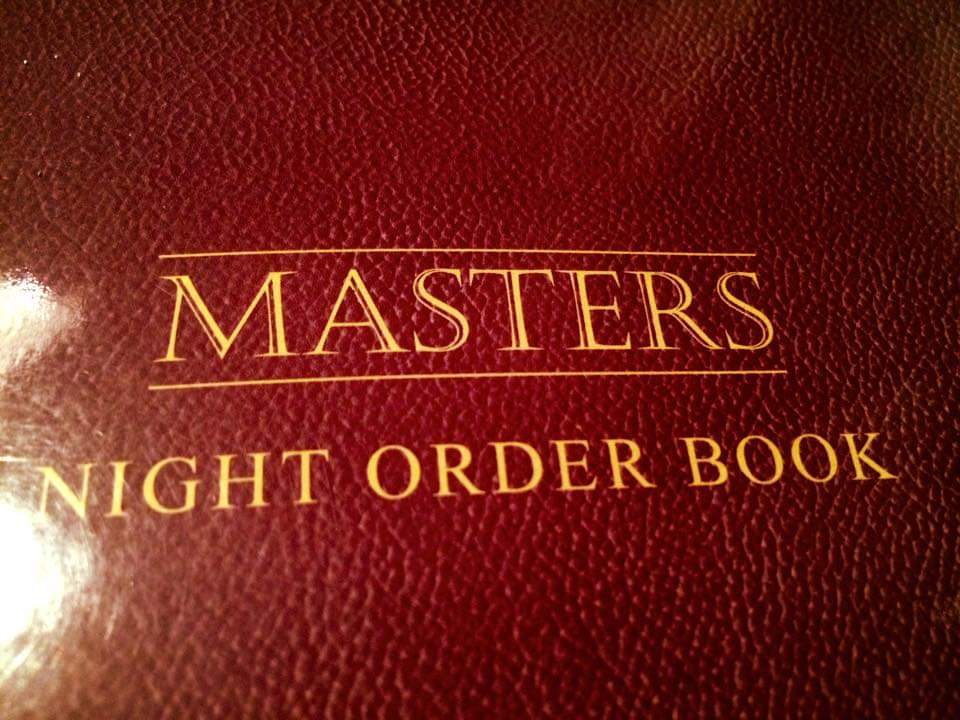
Examples and List of Bridge Standing Orders
The master shall ensure that the watch-keeping arrangements are adequate for maintaining a safe navigational watch.
Under his general direction, the Officers of the Watch are responsible for navigating the ship safely. They must, using sound judgment, avoid collision and stranding.
Taking over the watch
A) The Officer of the watch (OOW) should, in no circumstances, leave the Navigation Bridge. He may only do so when the Master or another certified Deck Officer properly relieves him.
B) The Officer taking over the watch must be sober and fully alert. He should not take over the watch until all of the following conditions are fully satisfied:
- OOW fully adjusts his vision to the light conditions.
- He is satisfied with the “Bridge Watch Status” in force.
C) He must ensure that he personally satisfies himself regarding:
- Standing orders and special instructions.
- Progress of the vessel during the previous watch.
- Present position, course, speed, and draft.
- Prevailing and predicted weather, visibility, tides, currents, and the effect of these factors in relation to course and speed.
- Any navigational aids in sight or expected to be sighted during his watch.
- Movements of vessels in the vicinity.
- Radio emergencies or warnings to mariners in force.
- Operational condition and mode of operation of all navigational and safety equipment.
- Errors of Gyro and Magnetic compass.
- Checking pressure range for vessels fitted with an inert gas system.
D) Perform safety rounds inside the accommodation. OOW shall record it in the bridge deck log book.
E) Do not relieve the watch during a maneuver or other action to avoid any hazard. The relieving officer shall hand over the watch when such action is complete.
F) OOW should not hand over the watch to the relieving Officer if he has any reason to believe that the latter is under any disability. If in doubt, the Officer of the Watch should inform the Master.
Master’s and Bridge standing orders usually emphasize the importance of proper watch changeover. Normally, there is a checklist to follow so that they can discuss all important details.
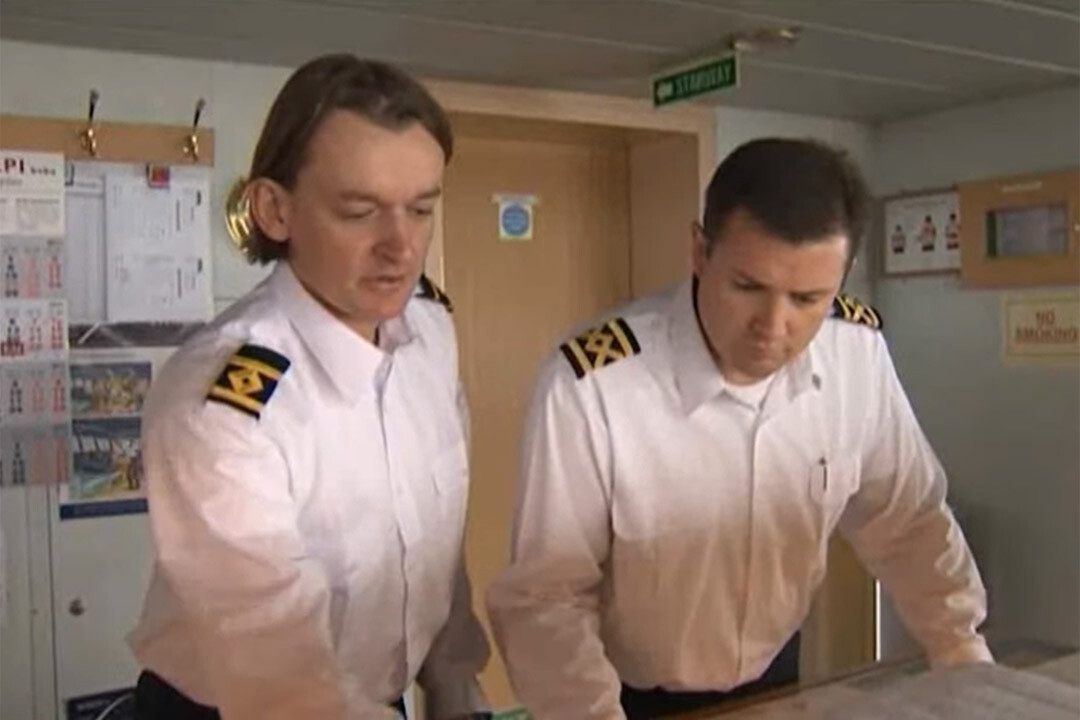
Position Fixing
G) OOW must frequently verify the position of the vessel when underway using electronic navigational aids available on board.
When navigating in coastal waters, the OOW must verify the ship’s position using radar ranges and bearings and methods other than GPS.
H) The OOW must bring immediate attention to the Master for any discrepancy in the vessel’s position or speed between positions.
I) In open waters, the OOW must obtain the position using GPS. However, he must also fix the ship’s position through astronomical observations using a marine sextant.
Steering Systems
J) The Officer of the Watch should make, at frequent intervals, check the following:
- The helmsman or the auto-pilot steers the correct course.
- Frequent comparison between Standard and Gyro compass including the synchronization of their repeaters.
- The OOW must ascertain errors of both the Gyro and Standard compasses at least once a watch or after any major course alteration if possible.
- Navigational equipment required for the safe navigation of the vessel is functioning properly.
K) OOW must change the steering from Auto-pilot to manual:
- During heavy fog or other conditions of restricted visibility.
- In high-density traffic areas.
- When navigating close to shore or near shallow banks.
- In shallow waters.
- During any emergency situation, and,
- At other times the Master specifies it or the OOW deems it necessary.
L) Officers of the Watch should bear in mind the need to change over the steering to manual control in good time. The Responsible Officer must supervise the change-over from automatic to manual steering and vice versa.
Conditions of Visibility
M) If the ship encounters or suspects restricted visibility, she shall comply with the 1972 International Regulations for Preventing Collisions at Sea.
Thus, she must exercise particular regard to:
- Sounding of fog signals.
- Exhibiting navigation lights.
- Use of safe speed in relation to prevailing circumstances.
- Availability of engines required during an immediate maneuver.
- Position of the lookout(s) and helmsman and switching to hand steering.
- Use of Radar/ ARPA.
The Officer on Watch shall advise the Master immediately on or before the visibility deteriorates. Other Bridge standing orders usually specify at which visibility they should call the master.
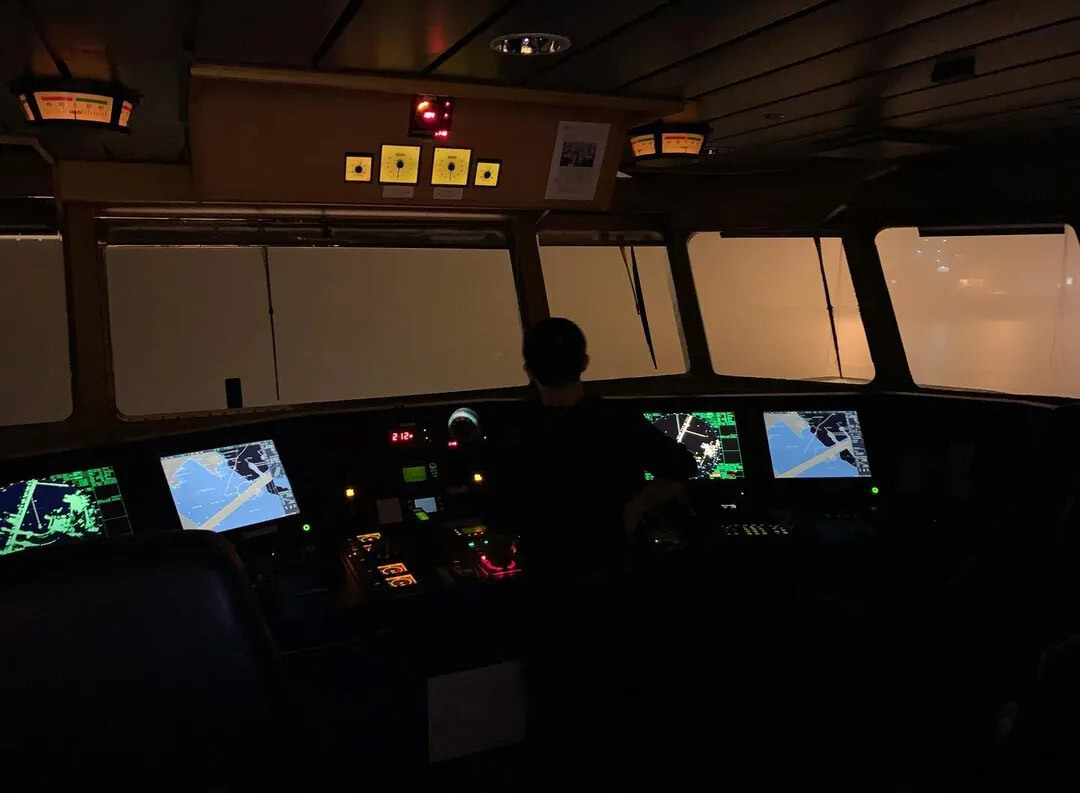
N) The Officer of the Watch is responsible for maintaining a continuous lookout. This is of prime importance for avoiding close-quarter situations and stranding.
An efficient lookout should include:
- An alert ALL-AROUND visual and aural look-out to ensure a full grasp of the current situation.
- Close observation of the movements and compass bearings of approaching vessels.
- Identification of ship and shore lights.
- Ensuring that the steered course is accurate and execution of wheel orders is correct.
- Observation of the Radar/ARPA and Echo Sounder displays.
- Monitoring changes in the weather, especially the visibility.
Sea Passage
O) OOW shall advise the Master immediately of all equipment failures in the bridge. The Master shall take appropriate action to restore its operability as soon as possible.
P) When transiting shallow areas, OOW must give due consideration to reducing the vessel’s speed. This is to minimize the squat effect so that the ship maintains sufficient under-keel clearance (UKC).
Q) Prior to the end of sea passage, Officers shall familiarize themselves with the local regulations pertaining to navigation. You can find this in the applicable sailing directions or information updates from the agent.
R) The OOW continues to be responsible for the safe navigation of the vessel despite the presence of the Master on the Bridge. The Master relieves him specifically he assumes responsibility.
However, the OOW shall continue to do his other duties and responsibilities even when the Master is conning the vessel.
S) The OOW shall keep a proper record of the movements and activities of the vessel during his watch in the Bridge Log Book.
T) When navigating in coastal waters, the OOW should use the largest scale chart on board. He should take fixes at frequent intervals using more than one method. The OOW should positively identify all relevant navigation marks especially if they are in an IALA Buoyage System.
Anchorage
When at anchor, the vessel must maintain a continuous navigational watch. In all circumstances, the OOW should:
U) Determine and plot the ship’s position on the appropriate chart as soon as practicable.
V) Check the position at sufficiently frequent intervals whether the ship is remaining securely at anchor using various means.
W) Ensure that the ship maintains an efficient lookout.
X) Ensure that the AB on duty makes inspection rounds of the ship.
Y) Observe meteorological and tidal conditions and the state of the sea.
Z) Notify the Master and undertake all necessary measures, if the ship drags anchor.
AA) Ensure that the state of readiness of the main engine and other machinery is in accordance with the Master’s instructions.
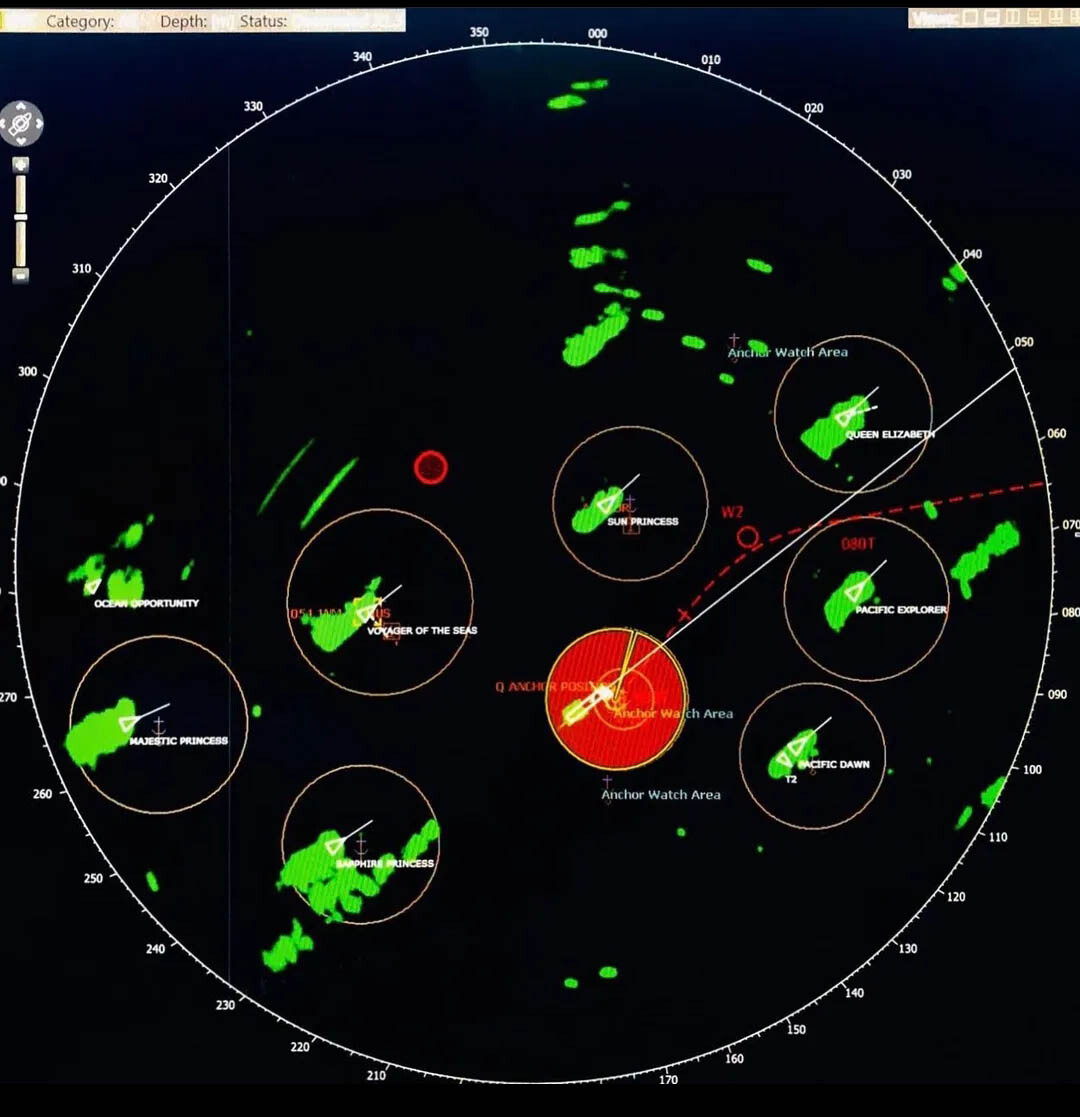
BB) If visibility deteriorates, notify the Master and comply with the applicable regulations for preventing collisions at sea.
CC) Ensure that the ship exhibits the appropriate lights and shapes including appropriate sound signals.
CD) Take measures to protect the environment from pollution.
EE) Maintain continuous radio watch on appropriate frequencies for safety, traffic, and pilot information.
Others
FF) The Pilot when on the Bridge, has an advisory capacity. He does not, in any way, reduce the responsibilities of the Master and the OOW to continue navigating the vessel safely.
GG) The Master shall not permit any person to stay on the bridge who has no concern with the immediate navigation of the vessel
HH) All OOW shall familiarize themselves with the Bridge Procedures Guide and the company’s Navigation Manual.
II) The Master may add some guidelines in this bridge standing orders as he deems necessary. The Master’s standing orders should not be in conflict with the latter.
JJ) The bridge standing orders shall not limit the Master or any Officer or crew member of his responsibility. They shall exercise good judgment according to governmental or international regulations.
Bridge standing orders are rules not written in stone. They can be modified in reference to the circumstances the ship experiences.
The prime consideration in the mind of all must be the safety of life at sea and the protection of the environment.
May the winds be in your favor.

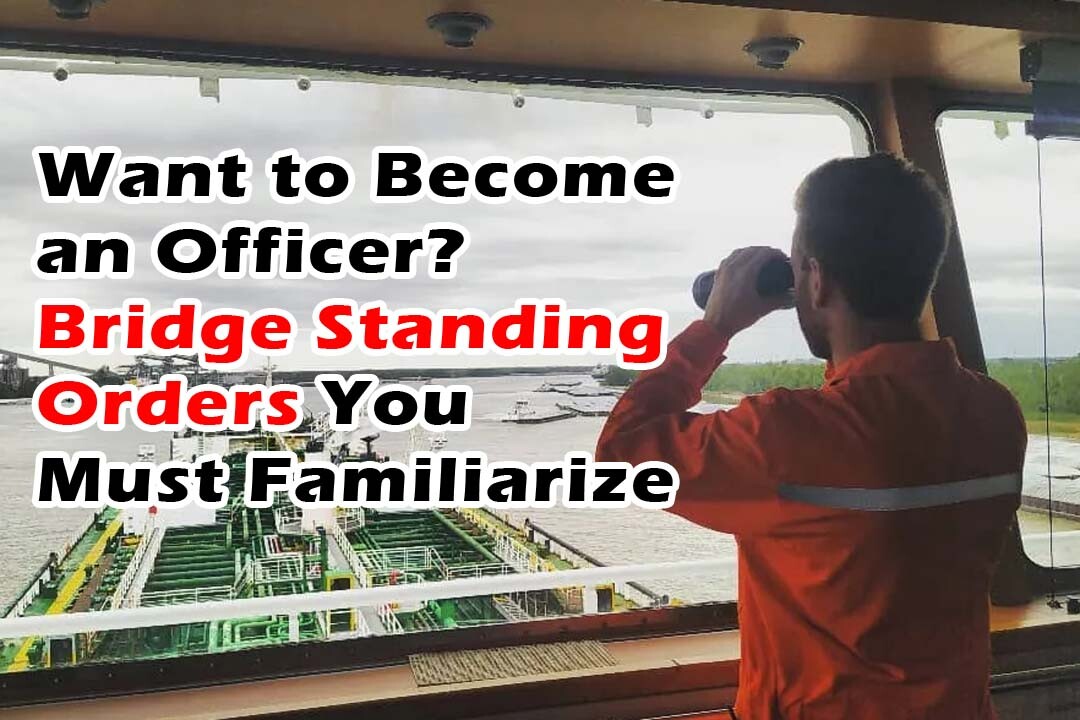
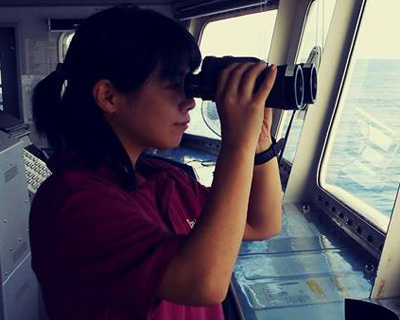
0 Comments